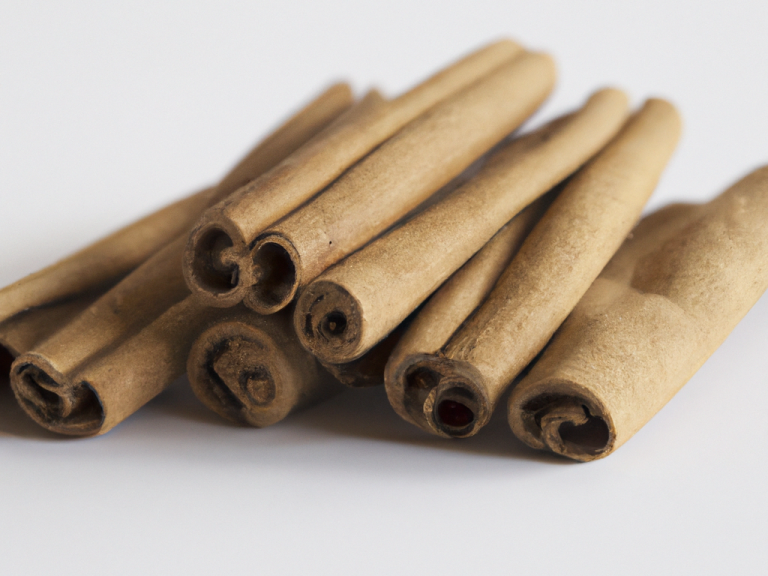Why Ceylon Cinnamon?
Where Does It Come From?
Health Benefits

Flavor
Anti-inflammatory
Cinnamon may reduce inflammation, which is linked to chronic conditions like heart disease, diabetes, and arthritis.
Blood sugar control
Cinnamon may help improve the body's natural response to insulin, which can help people with insulin resistance or diabetes.
Cholesterol reduction
Cinnamon may help lower cholesterol levels, including "bad" LDL cholesterol.
Ceylon cinnamon has a milder, more complex flavor with floral and clove notes, while cassia cinnamon is punchier and more bitter.
History
Ceylon cinnamon comes from the dried bark of a perennial tree, C. zeylanicum, native to Sri Lanka. Historical evidence proved that Ceylon cinnamon was used as a natural preservative for meat in the 14th and 15th centuries. Quills were the first cinnamon products to be sold.Ancient times
Cinnamon was used in ancient Egypt as a preservative and ingredient in medicine and cooking as early as 2000 BC. The Hebrew Bible also mentions cinnamon as an ingredient in incense.
Middle Ages
Arabian traders brought cinnamon to Egypt, where it became a popular flavoring in banquets. It was considered an aphrodisiac, digestive, appetite stimulant, and treatment for coughs and sore throats.
Sri Lanka
Cinnamon trade in Sri Lanka dates back to the 14th century. The island's unique climate and fertile soil make it ideal for growing cinnamon.
European colonization
The Portuguese invaded Sri Lanka in the 16th century to gain access to cinnamon and established a successful export business to Europe. The Dutch and British also colonized Sri Lanka, with the Dutch establishing plantations after the Sri Lankan king obstructed cinnamon collection from the forests.
Appearance
Ceylon cinnamon sticks are lighter in color and have thinner, more fibrous layers, while cassia cinnamon sticks are darker and made of a thick layer of rolled bark.
